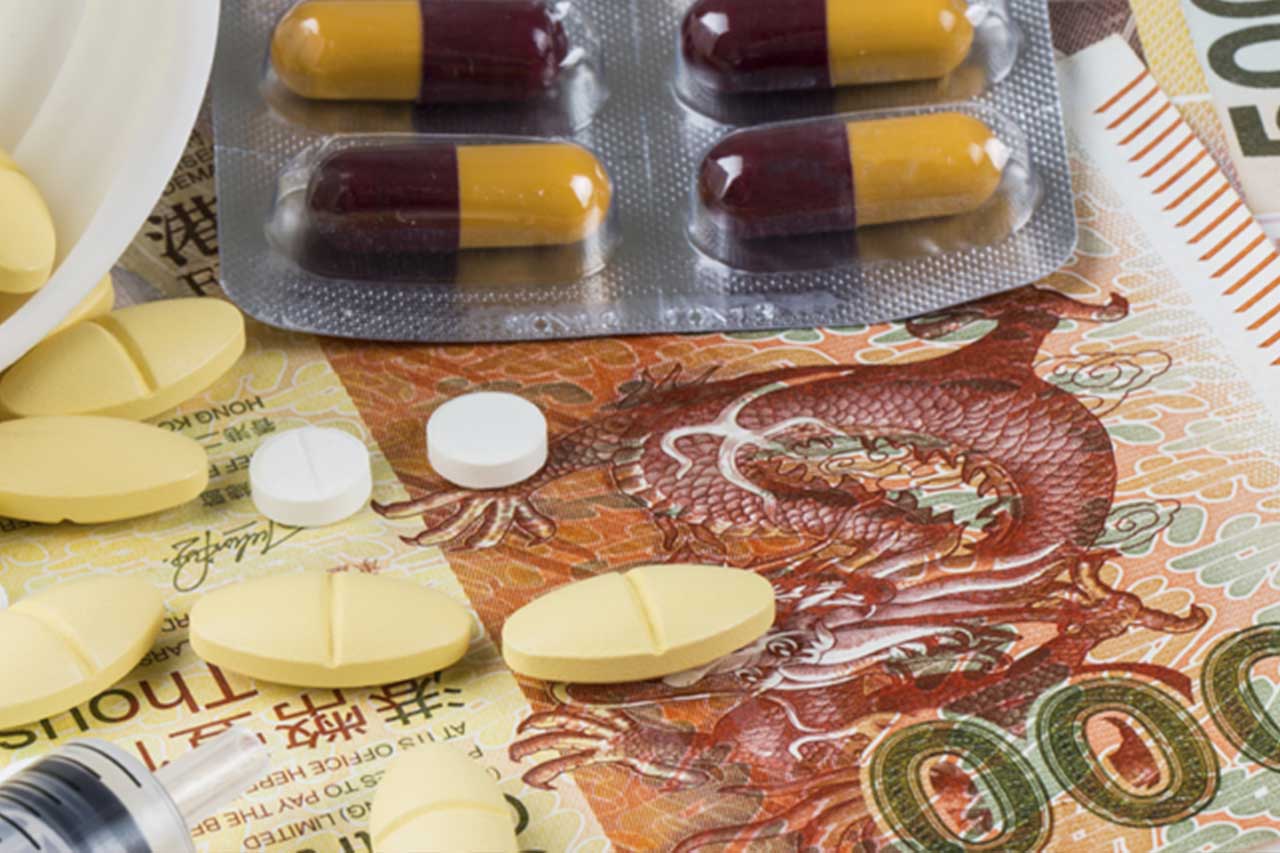Editor’s note: This article was first published in the Wall Street Journal on Aug. 16, 2016
Next month in New York the United Nations will launch the long-awaited report of its UN High Level Panel on access to medicines. The U.N. hopes this will resolve the debate around intellectual property rights and access to medicines.
Leaked versions of the report suggest that this will be a radical assault on the international intellectual-property (IP) system that has been governed since the mid-1990s by the World Trade Organization’s agreement on Trade-Related Aspects of Intellectual Property Rights (Trips). It could mean that patents for medicines will be only sporadically granted and enforced in middle- and lower-income countries, licensing will be automatically compulsory, and the current market-based system of drug development will be gradually replaced by a government-led system.
Such ideas may be popular in the rarefied worlds of academia and public-health activism, for which Trips-led IP protections for medicines are an affront. But in China and India, the world’s two biggest middle-income countries, Trips has stimulated a nascent boom in medicine innovation. The new U.N. report threatens to derail this crucial development.
Pharmaceutical companies in India and China once took advantage of minimal IP protections to focus on manufacturing generic copies of medicines invented in the West. Then in 2005, India and China upgraded their domestic IP laws to become Trips compliant.
Stronger IP standards have led Indian and Chinese pharmaceutical companies to commit ever-greater sums to research and development and carve out new niches in biopharmaceutical innovation
Critics feared that this would hobble the generic industries in these countries and undermine access to medicines in their developing-country export markets. That hasn’t been the case. Since 2005, both China and India have enjoyed a growing balance of trade in pharmaceuticals by increasing exports of generic medicines.
Far from throwing in the towel, stronger IP standards have led Indian and Chinese pharmaceutical companies to commit ever-greater sums to research and development and carve out new niches in biopharmaceutical innovation, often in collaboration with international partners.
In the late 1990s, Indian companies reinvested a paltry 1% of their sales on R&D, mostly on reverse engineering. By 2014, after a decade of IP protection, that amount was 6% and is still rising.
The focus among Indian pharmaceuticals is now on diseases affecting Indians, such as diabetes and cardiovascular diseases. They are also developing an international competitiveness in areas such as biogenetics and stem-cell research. The country is becoming a serious player in vaccine innovation, with home-grown vaccines for H1N1 influenza and rotavirus recently hitting the market.
China’s biopharmaceutical industry has also been transitioning from imitation to innovation. Chinese researchers are becoming international leaders in stem-cell R&D, while an increasing number of Chinese firms are looking at innovative therapies involving recombinant DNA, or the joining of DNA molecules from two different species.
A major Chinese innovation milestone came in 2015, when Shenzhen Chipscreen Biosciences launched a biotech medication for a rare type of lymph-node cancer. It was one of the first drugs to be developed from start to finish in China.
These home-grown successes aside, the real innovation story in China and India is the arrival of multinational R&D companies that have set up partnerships with local companies. A University of Maastricht study of patenting and alliances by 123 Indian biopharmaceutical firms between 1999 and 2009 found a particular surge in innovation among those that entered into cross-border alliances with foreign partners post-Trips.
Trips and its IP protections, the study found, have allowed foreign R&D companies to return to India, where they are increasingly collaborating with local companies and bringing much-needed skills, technology and know-how to the country. Bristol-Myers Squibb, Daiichi Sankyo, GlaxoSmithKline and Sanofi-Aventis all have R&D partnerships with Indian companies.
The U.N. High Level Panel’s fixation on IP as the root of health problems thus only shows how out of touch it is with the real world
Stronger post-Trips IP rules have also led to an increase of international R&D partnerships in China. Hutchison China MediTech has separate alliances with AstraZeneca and Eli Lilly to research cancer drugs. Beijing biotech company BeiGene is working on an experimental cancer drug with Merck Group of Germany. Such developments mean China now captures more foreign direct investment in R&D than the U.S., with pharmaceuticals accounting for $1.6 billion between 2010 and 2015, according to fDi Markets.
UN High Level Panel out of touch
The U.N. High Level Panel’s fixation on IP as the root of health problems thus only shows how out of touch it is with the real world. Innovation no longer starts and finishes inside one vertically integrated pharmaceutical company. Big biopharmaceutical companies now collaborate with small companies, academia and the public sector at all stages of the R&D cycle, often across borders.
Sharing valuable knowledge is the basis of this new, networked innovation model. IP is fundamental, as it provides the legal framework that allows valuable knowledge to be safely shared. Without IP, Asian researchers, entrepreneurs and companies wouldn’t be able to participate in a meaningful way.
By turning back the clock to the pre-Trips era, the U.N. would cut off China and India from the new world of networked innovation. Smaller countries in Africa, Asia and Latin America wouldn’t even get a foothold. It would only entrench Western countries as the only global players in biopharmaceutical R&D. Governments from middle- and lower-income countries that wish to nurture their own innovative biopharmaceutical sectors should treat the new U.N. report with skepticism.
Nilanjan Banik is professor of management at Bennett University, India. Philip Stevens is director of Geneva Network.



